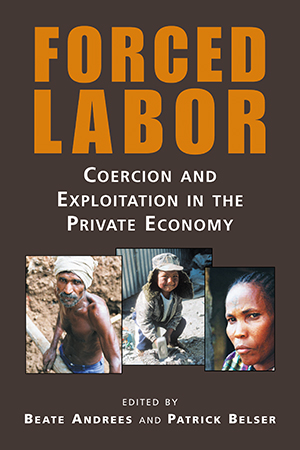
- 2009/229 pages
Forced Labor:
Coercion and Exploitation in the Private Economy
Hardcover: $59.95
ISBN: 978-1-58826-664-4
Paperback: $24.50
ISBN: 978-1-58826-689-7
Two centuries after the abolition of the transatlantic slave trade, at least 12.3 million people are subjected to modern forms of forced labor—in rich countries, as well as poor ones.
The authors of Forced Labor present state-of-the art research on the manifestations of these slavery-like practices, why they continue to survive, and how they can be eliminated. Their conceptually rich analysis, combined with insightful case studies from Asia, Europe, and Latin America, is a major contribution on an issue of pressing global concern.
The authors of Forced Labor present state-of-the art research on the manifestations of these slavery-like practices, why they continue to survive, and how they can be eliminated. Their conceptually rich analysis, combined with insightful case studies from Asia, Europe, and Latin America, is a major contribution on an issue of pressing global concern.







